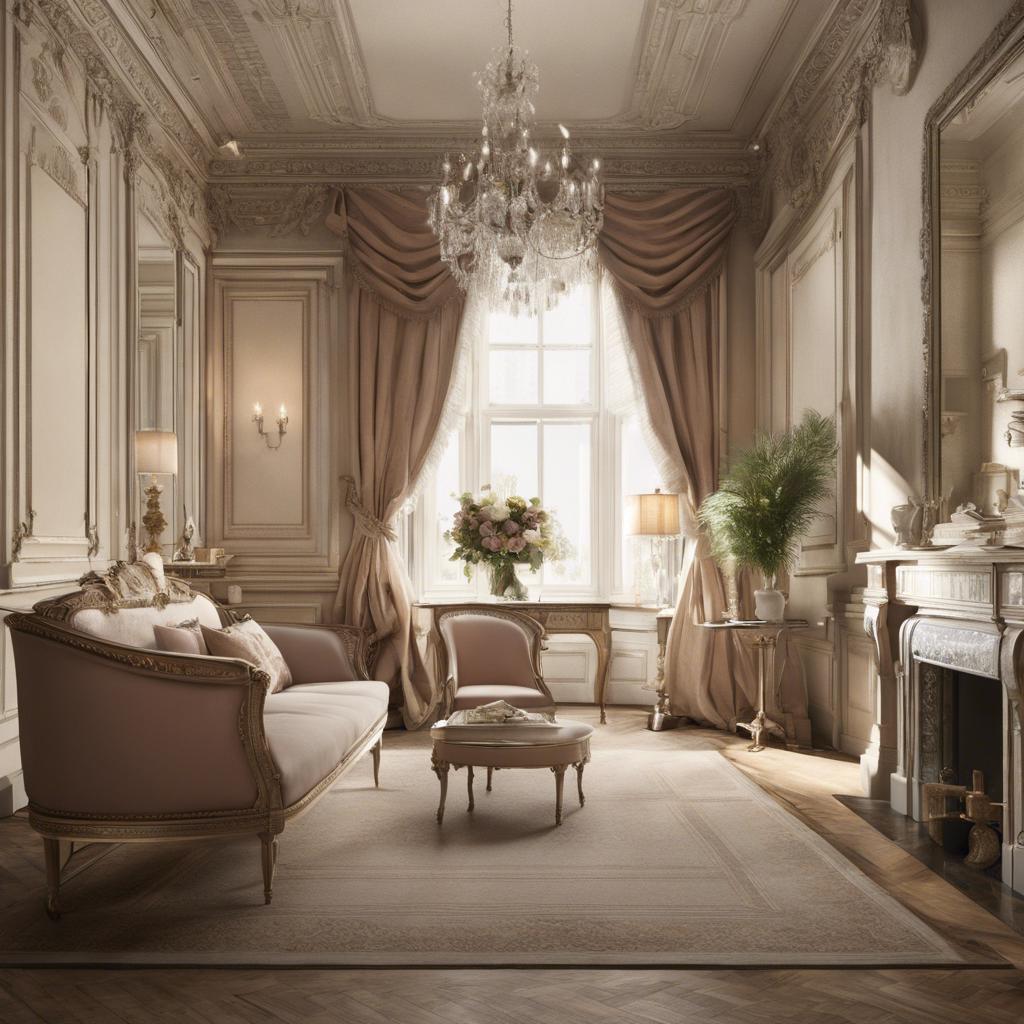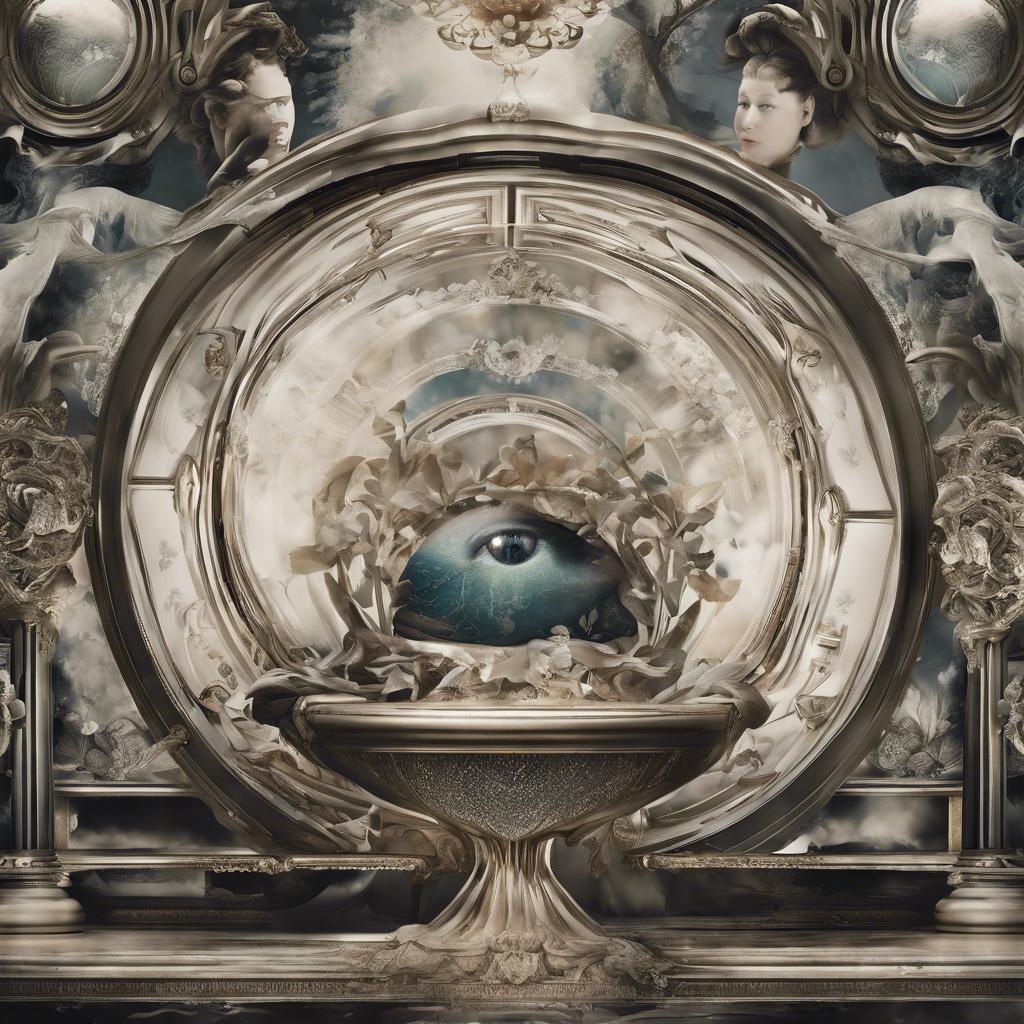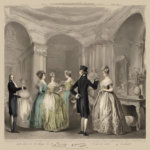The Regency Era, spanning from 1811 to 1820, marked a pivotal period of transformative elegance and refinement in British history. In this article, we delve into the distinctive characteristics of Regency Era style, exploring the sartorial choices, architectural trends, and social customs that defined this fascinating time in history. Join us as we journey back in time to uncover the enduring influence of Regency fashion and design.
Step Into the World of Cheryl Bolen
Dive into the enchanting stories of love, intrigue, and elegance set in the Regency Era. Cheryl Bolen's novels offer timeless romance and captivating tales that will leave you wanting more.
Explore Cheryl Bolen's Books Now
Introduction: Exploring the Elegance and Sophistication of Regency Era Style
Regency Era style, characterized by elegance, sophistication, and a focus on classical aesthetics, is a period in history that continues to inspire fashion and design to this day. During the early 19th century, the Regency Era brought about a shift in fashion, architecture, and overall style, influenced by the tastes of the British upper class and the reign of King George IV.
Key Elements of Regency Era Style:
- Neoclassical Influence: Regency style drew heavily from ancient Greek and Roman design, featuring columns, ornate moldings, and architectural symmetry in both clothing and home decor.
- Empire Silhouette: Women’s fashion in the Regency Era was characterized by high-waisted dresses with a column-like silhouette that emphasized a natural waistline and flowing fabrics.
- Fine Fabrics and Embellishments: Silk, muslin, and lace were commonly used in Regency fashion, along with delicate embroidery, ribbons, and beading to add luxury and intricate detail to garments.
Regency Era Fashion Icons:
| Name | Contribution |
|---|---|
| Jane Austen | Notable Regency Era author |
| Empress Josephine | Popularized the Empire silhouette |
| Beau Brummell | Influential figure in men’s fashion |
As we delve deeper into the world of Regency Era style, we will explore the timeless elegance and attention to detail that defined this period. From the grandeur of Regency architecture to the delicate intricacies of Regency fashion, there is much to be inspired by and appreciate in this historical era of beauty and sophistication.
Fashion of the Regency Era: From Empire Silhouettes to Romantic Details
The regency era was a time of elegance and sophistication, reflected in the fashion of the period. One of the most iconic styles of the regency era was the empire silhouette, characterized by high-waisted dresses that emphasized a woman’s natural body shape. These dresses featured flowing skirts and delicate fabrics, creating a soft and feminine look.
In addition to the empire silhouette, regency era fashion also incorporated romantic details such as lace, ruffles, and delicate embroidery. Accessories played a key role in completing the look, with pearls, ribbons, and gloves being popular choices. Women often wore bonnets adorned with feathers or flowers to add a touch of whimsy to their outfits.
Menswear in the regency era was equally stylish, with men favoring tailored coats, waistcoats, and breeches. The use of intricate patterns and luxurious fabrics such as silk and velvet was common, reflecting the opulence of the period. Accessories such as cravats, top hats, and walking sticks were essential for completing a gentleman’s ensemble.
Home Decor in the Regency Era: Regal Interiors and Classic Elegance
In the Regency Era, home decor was characterized by regal interiors and classic elegance. This period, which spanned from 1811 to 1820, was heavily influenced by the tastes of the British monarchy and the style of the time reflected this influence.
Regency era homes were known for their grandeur and opulence, with a focus on intricate details and luxurious materials. This included ornate furniture pieces crafted from mahogany and walnut, adorned with carvings and gilding. Rooms were often decorated in rich, jewel-toned colors such as deep blues, emerald greens, and ruby reds to create a sense of luxury and sophistication.
Key elements of Regency era style included chandeliers, elaborate draperies, and decorative wallpapers. Accessories such as porcelain figurines, elaborate candelabras, and oil paintings adorned the walls and surfaces of homes, adding to the overall sense of grandeur. The overall effect was one of timeless elegance and refinement, capturing the essence of a bygone era.
Regency Era Etiquette and Manners: A Guide to Polite Society in the Early 19th Century
In the Regency Era, proper etiquette and manners were of utmost importance in polite society. From the way one dressed to the way one addressed others, every detail was carefully observed and adhered to. Regency fashion was characterized by elegant silhouettes, delicate fabrics, and intricate embellishments.
When attending social gatherings, it was essential to follow the rules of etiquette to avoid social faux pas. Regency etiquette dictated proper behavior in various social situations, including how to greet guests, how to engage in conversation, and how to conduct oneself at the dining table. Adhering to these rules was a reflection of one’s breeding and social standing.
| Regency Etiquette Tips |
| 1. Always address others with respect, using titles such as “Mr.” or “Mrs.” |
| 2. Maintain proper posture and poise at all times. |
| 3. Follow the lead of the host or hostess in social settings. |
In Summary
the Regency era marked a significant shift in fashion and style, reflecting the changing social and political landscape of the time. From the elegant silhouettes of women’s dresses to the tailored simplicity of men’s suits, the Regency era style continues to influence and inspire contemporary fashion trends. By understanding the key elements of Regency era fashion – from empire waistlines to delicate embroidery – we can appreciate the enduring beauty and sophistication of this iconic period in history. As we look to the past for inspiration, we find that the Regency era style has a timeless appeal that transcends generations, making it a truly enduring and beloved fashion era.


